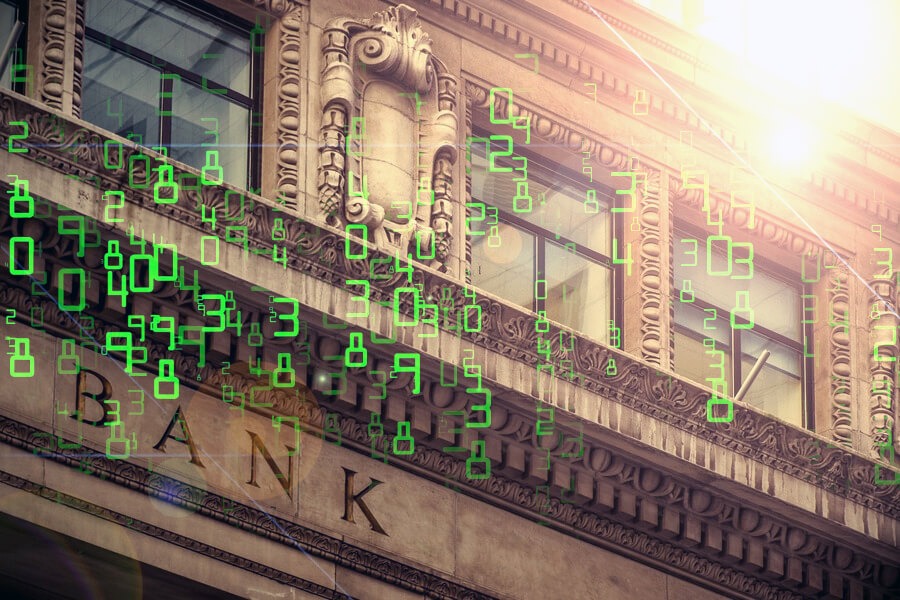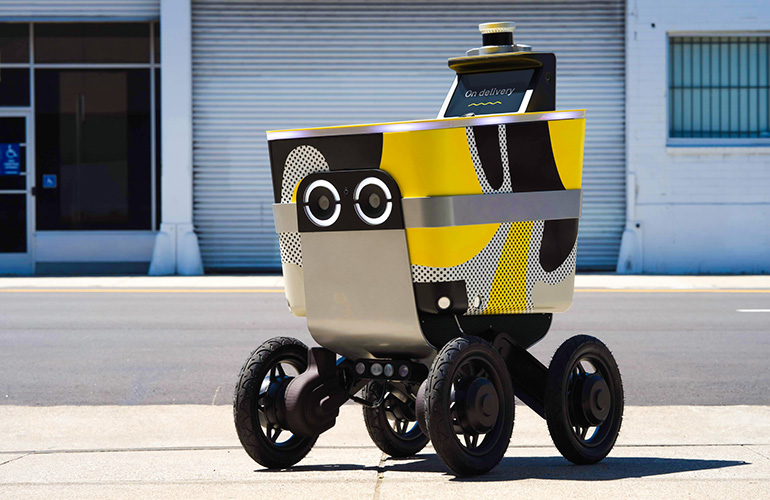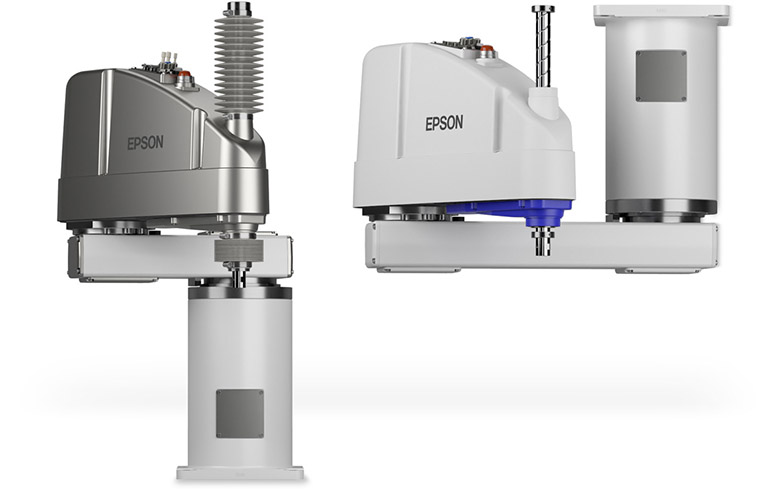▌ Introduction
Imagine walking down a busy street when you suddenly hear a loud bang from a construction site across the street. Your immediate reaction might be to freeze or even duck. This instinctive behavior is one of the most basic but important evolutionary processes we have to protect ourselves and survive in unfamiliar settings. Now, imagine robots reacting to threats just as quickly and effectively as humans. This is exactly what researchers are exploring to make robots safer and more adaptive in dynamic environments.
▌ How Robots Learn to Fear
Researchers from the Polytechnic University of Turin in Italy have developed a system that allows robots to mimic fear, based on two pathways of information processing similar to those in humans. The first pathway, called the "low road," is based on fast, emotional reactions, similar to those humans experience when encountering sudden threats. The second pathway, the "high road," involves more rational and thoughtful decisions based on experience and analysis.
▌ Experiments and Results
In experiments described in the journal IEEE Robotics and Automation Letters, researchers tested robots with the "low road" system on their ability to avoid dangerous objects in a dynamically changing environment. The results showed that robots with this system navigated safer routes compared to their counterparts without the "fear" element. For example, in one scenario, the robot with the "low road" programming maintained a safe distance of about 3.1 meters from dangerous objects, while the other two conventional robots tested came within a harrowing 0.3 and 0.8 meters of these hazards.
▌ Real-World Applications
This technology could be applied in various fields where robots encounter dangerous situations. For instance, in rescue operations, robots capable of quickly reacting to threats could save lives by avoiding debris and other dangers. In service industries, robots with the "low road" system could more effectively avoid collisions with people or obstacles.
â–ŒHow Do Experts Assess the Risks?
Unlike the general public, engineers and AI specialists rely on quantitative risk assessment systems, such as:
• Probabilistic analysis – How often could a failure occur?
• Impact assessment – How severe would the consequences of an error be?
• Ethical models – How should a robot make decisions in critical situations?
For instance, surgical robots undergo strict certification in medicine because a mistake could cost a life. In logistics, drones and autonomous trucks are tested in controlled environments before being deployed on real routes.
▌ Future Research
Researchers are planning to develop the system further by adding the "high road" pathway, which would enable robots to make more rational and long-term decisions. They are considering using large language models, such as ChatGPT, to simulate the core functions of the human prefrontal cortex, responsible for strategic planning and context evaluation.
▌ Conclusion
By teaching robots to fear, researchers are taking a significant step towards creating safer and more adaptive machines. This not only enhances their effectiveness in complex environments but also reduces risks for humans working alongside them. In the future, robots might not only fear but also experience other emotions, opening up new horizons in their interaction with humans.
"We should not fear machines. We should fear how we use them."—This may well be the key lesson of the AI era.


















